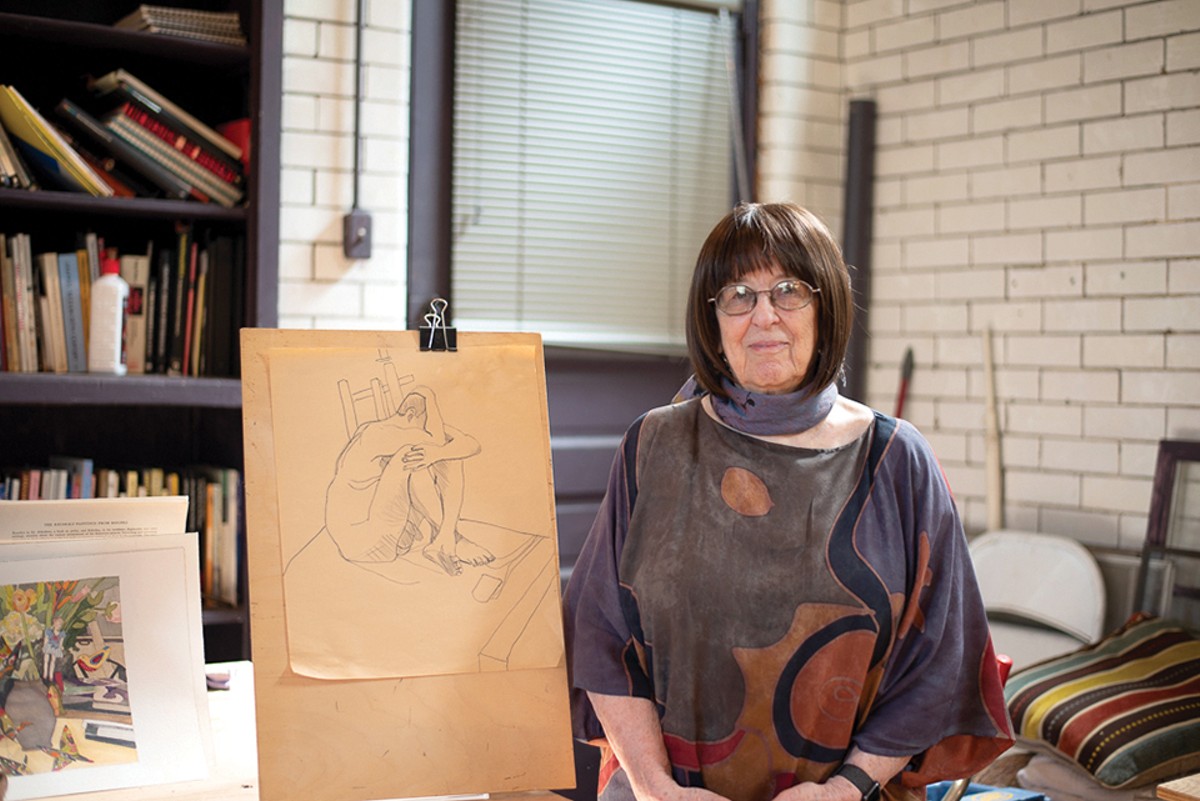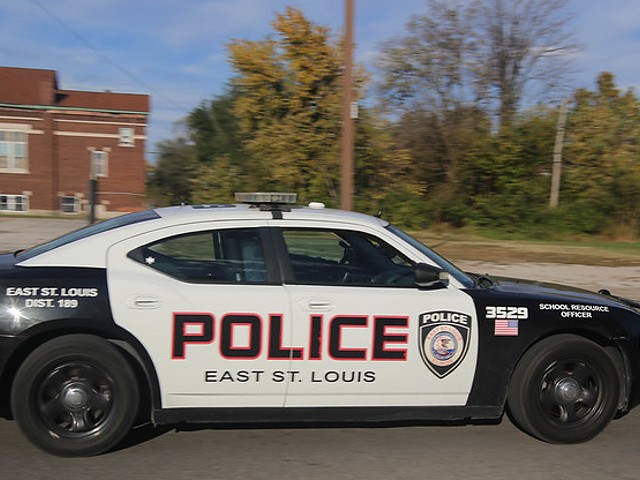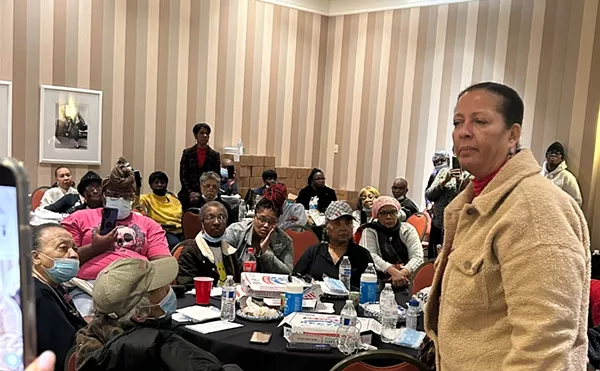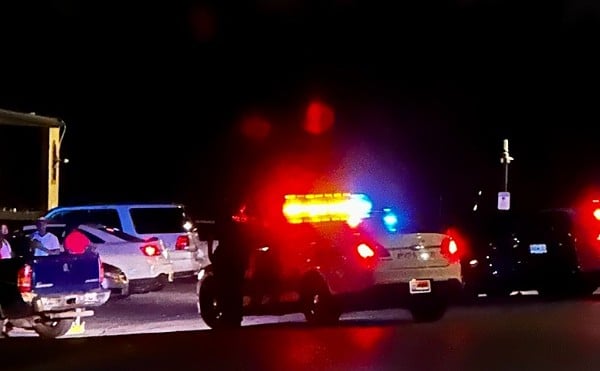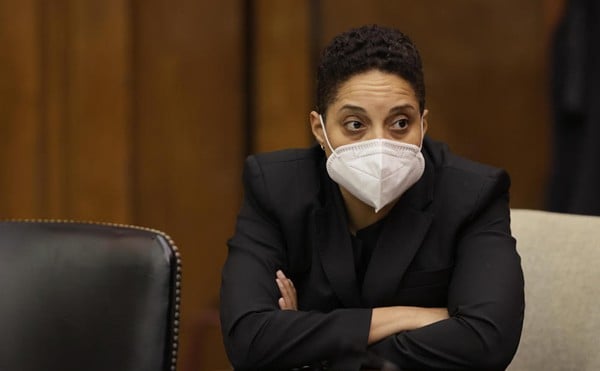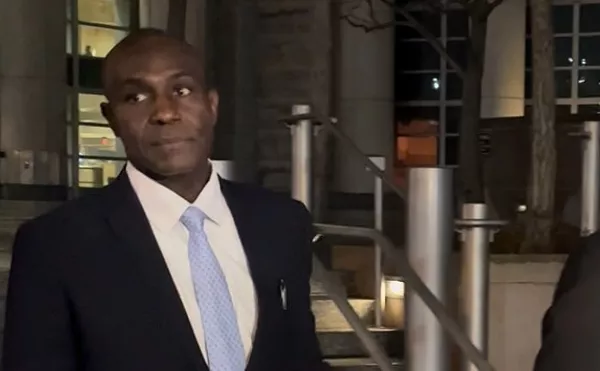Marian Amies biked around the streets surrounding Tower Grove Park in 1992, feeling like she could be forgotten.
"Well if I fall off my bike now, nobody's gonna know," she recalls thinking.
Amies, who is originally from England, was 52 at the time and fresh off a divorce that ended a 26-year marriage. She was enjoying her newfound independence, but her bicycle rides around St. Louis made her realize how much she wanted companionship, too.
"I used to ride my bike in Tower Grove Park at six o'clock in the morning, and maybe I'd stop at the diner on South Grand and have breakfast," she says. "And it was — sometimes it was dark. And then I would sometimes go to the Bread Company, and I would feel so single when all I could see was sort of like couples everywhere."
So, she decided to put a Person-to-Person ad in the Riverfront Times, hoping to find a guy interested in some of her favorite things. She included a list: "... dance music, exploring the countryside, cafe, eclecticism, rubber chickens ...."
The personal ads ran from 1979 into the 1990s under one name or another — functioning like Tinder, way before someone could swipe left or right on a smartphone screen. They were ads where someone could publish a passage about themselves — physical traits, passions, romantic interests — in hopes of finding a friend, lover or partner. Then, respondents to an ad would call an extension number and be charged a few dollars per talk minutes.
Amies' ad, which she says cost "£50," before correcting herself — it cost $50 — ran in the October 27, 1992, issue of the RFT. At the end of the ad, Amies wrote that she wanted to meet a man in his 40s or 50s who would make a great companion for "fun and adventure."
Amies received nineteen replies, she says. The respondents included some interesting suitors, but none seemed quite right.
There was the economics professor, who Amies suspected had a drinking problem because he did not drive a car.
And there was the archaeologist who worked in the Cahokia mounds.
"He would tell me that when they went into some of the Indian mounds that the archaeologists would protect themselves, because it was sort of like electrical impulses," she says.
Amies says she did not like the archaeologist in the end, because all the smoke from his pipe filled the Wabash Triangle Café as they talked. She notes that the café burned down shortly after their date.
The dating scene quickly wore on Amies.
"I didn't think it was a lot of fun to do really, because it was so anxiety provoking," she says.
Still, she kept at it. In November 1992, she sorted through the replies and settled on one from a man named Bill Kranz. They agreed to meet at Casa Gallardo, a now-closed Mexican restaurant in Westport Plaza.
Kranz was intrigued by the long list of interests Amies had written for her ad, such as art galleries, rubber chickens and the color indigo blue.
On the night of their date, Amies was not sure what to expect. She can still remember the jacket she wore.
"It was sort of like a very nice jacket, actually," Amies says. "It was sort of a patchwork — different beautiful fabrics."
As usual, she was nervous with anticipation, but then Kranz walked in. Almost instantly, her anxiety faded away. He had written a poem for the occasion and carried flowers in Amies' favorite color, indigo blue.
"When Bill showed up with flowers in the color, the indigo blue colors, and I got this poem," Amies says, "I mean, it seemed like [he] made a big effort. And it was special."

